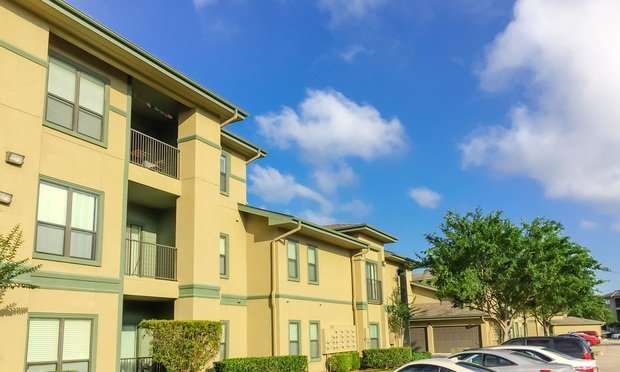
Is Preferred E`quity Multifamily's Savior?
Capital scarcity in multifamily is leading developers and operators to explore alternative funding, with preferred equity gaining popularity due to its higher-than-average returns.
Preferred Equity Steps in to Save Stalled Deals and Boost Returns in Multifamily

Preferred equity, a financing tool in the multifamily sector that had once been sidelined, is witnessing a resurgence due to the scarcity of capital in the sector, prompting developers to explore alternate and niche funding sources.
Shifts in financing: Conventional lenders are becoming increasingly cautious, limiting their funds due to factors like surging interest rates, regulatory pressures, and heightened risk perception. This has led to substantial financing gaps. Companies like Canyon Partners Real Estate and other operators have recognized the benefits of preferred equity investments, attributing its allure to its debt-like qualities, such as fixed terms and priority repayments, while occasionally allowing for profit participation.
New players in town: The preferred equity market has evolved significantly in the past year. New entrants, including REITs, family offices, and foreign investors, are now participating. Chinmay Bhatt of Berkadia highlighted the market's fragmentation and changing interest rate environment as challenges, pointing out the need to consult a broader range of groups to get optimal solutions. Despite these challenges, certain deals remain appealing, especially those that can offer higher current pay rates to the preferred equity.

Source: Federal Deposit Insurance Corp.
Comparison to other funding methods: While preferred equity is gaining traction, it still faces stiff competition from other funding options, especially mezzanine debt. Both fill similar roles in the capital stack, sitting between mortgage debt and common equity. However, preferred equity has an advantage as many mortgage lenders disallow subordinate debts like mezzanine but permit preferred equity. This growth in interest around preferred equity also means investors in this space can be more selective about credit choices, maximizing their investment potential.
➥ THE TAKEAWAY
Multifamily’s lifeboat? Multifamily's traditionally robust performance is facing challenges, pushing sponsors to reconsider preferred equity despite past reservations. In the face of rising interest rates and potential rent reductions in certain markets, experts anticipate an even more prominent role for preferred equity, especially with over $250 billion in multifamily maturities expected in 2024. As the need for refinancing grows, preferred equity is proving essential in bridging the financial gap many owners face.
Source: Is Preferred Equity Multifamily’s Savior?
https://www.creconsult.net/market-trends/is-preferred-equity-multifamilys-savior/





